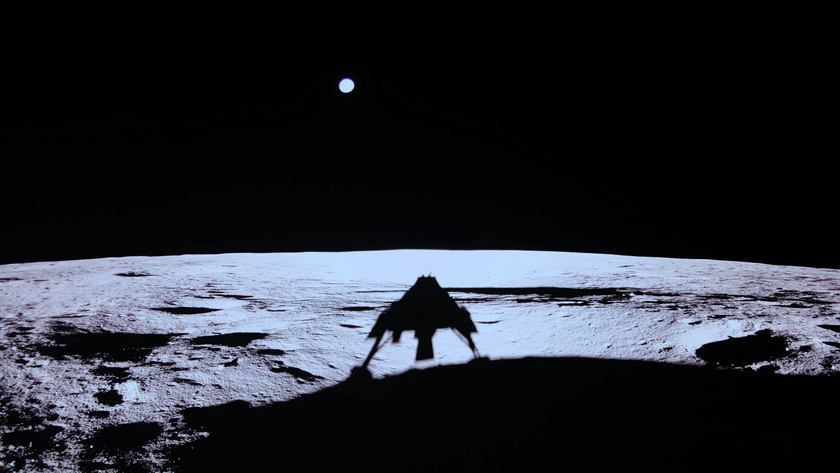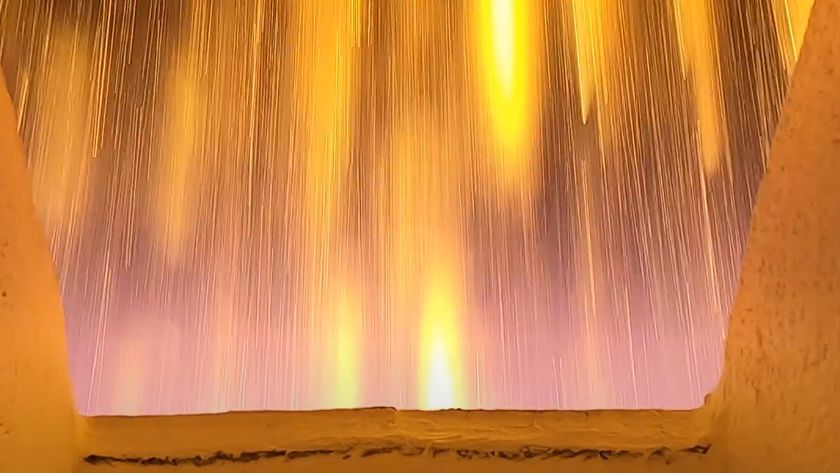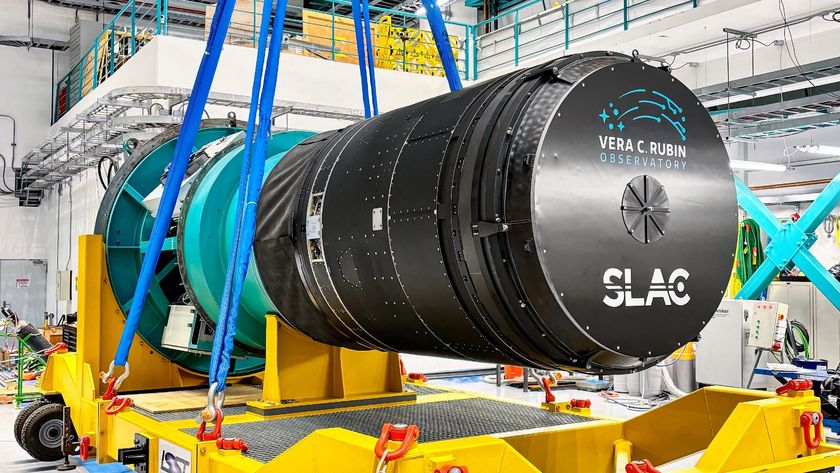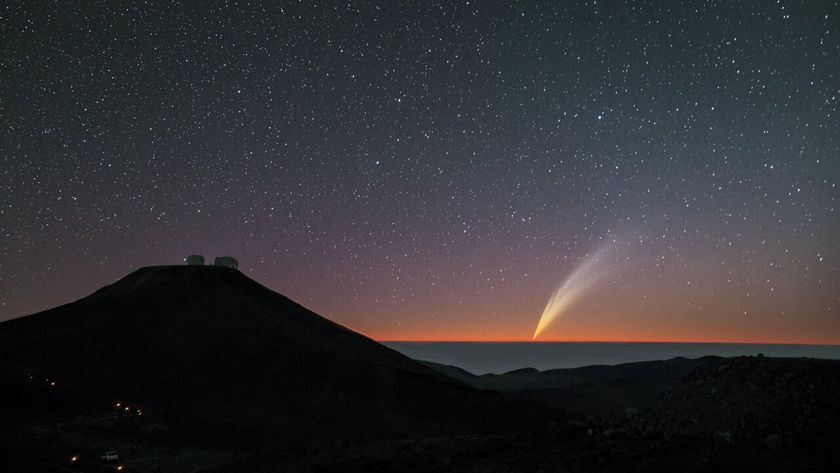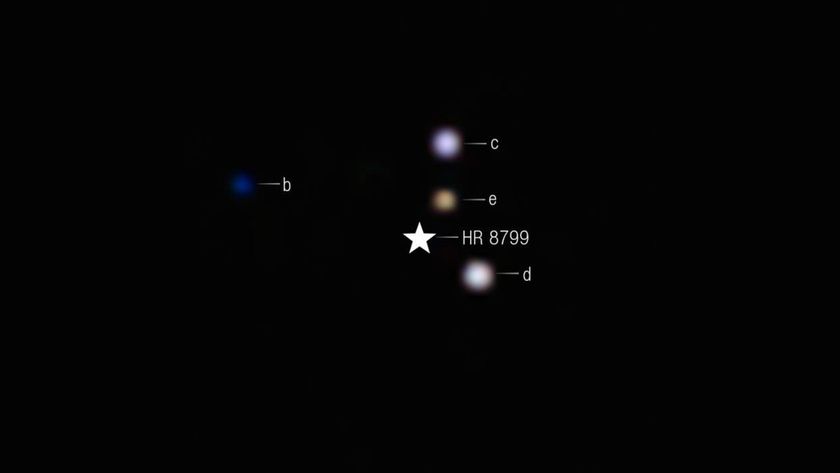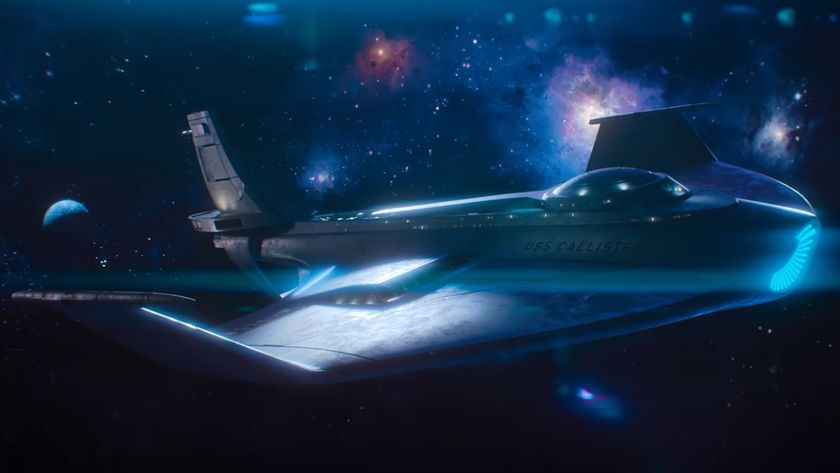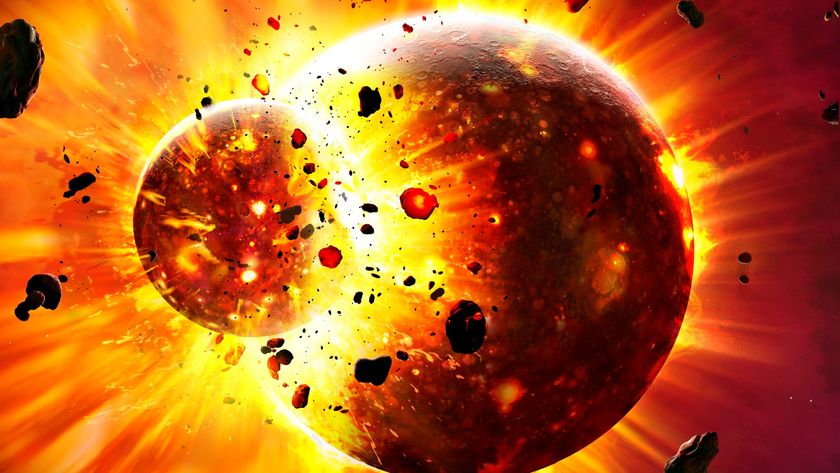First Images of Our Solar System's Tail Revealed
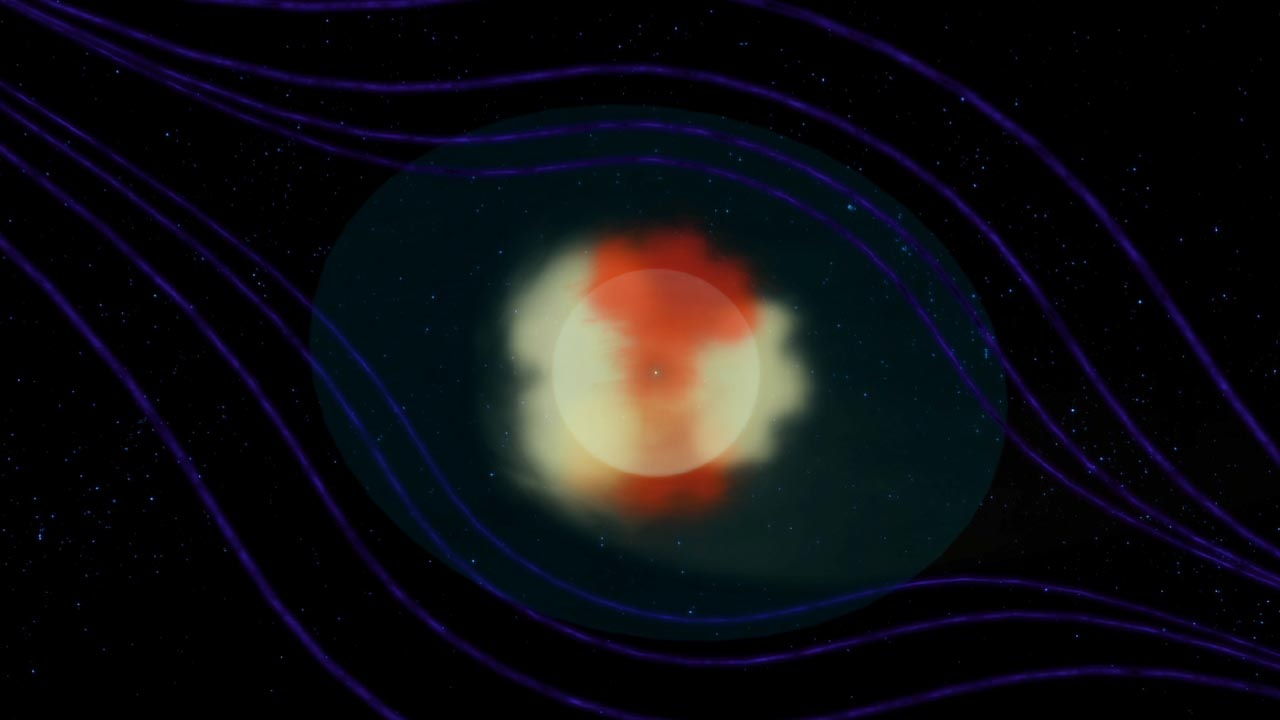
Astronomers have gotten the first-ever peek at our solar system's tail, called the heliotail, finding that it's shaped like a four-leaf clover, NASA scientists announced today (July 10).
The discovery was made using NASA's Interstellar Boundary Explorer (IBEX), a coffee table-sized spacecraft that is studying the edge of the solar system.
"Many models have suggested the heliotail might look like this or like that, but we have had no observations," David McComas, IBEX principal investigator at Southwest Research Institute in San Antonio, Tex., said in a statement. "We always drew pictures where the tail of the solar system just trailed off the page, since we couldn't even speculate about what it really looked like." [Images: NASA's IBEX Sees Our Solar System's Tail]
The tail drags behind the bullet-shaped heliosphere, or the bubble surrounding our solar system that's created by the solar wind and solar magnetic field. Our heliotail is "a much larger structure with a much more interesting configuration" than scientists had previously predicted, McComas added during a news conference announcing the finding.
Researchers say the comet-like tail is inflated by the solar wind of particles streaming off the sun, and the four-leaf clover shape is the result of fast solar wind shooting out near the sun's poles and slower wind flowing from near the sun's equator. The finding is based on the first three years of IBEX's measurements of energetic neutral atoms.
In the interstellar boundary region, charged particles from the sun stream outward far beyond the planets toward the gas- and dust-filled space between stars. Collisions between these particles and interstellar material create fast-moving particles with no charge, known as energetic neutral atoms, or ENAs. Some of these particles speed inward toward the sun, where IBEX can detect them from its perch 200,000 miles (322,000 kilometers) above Earth.
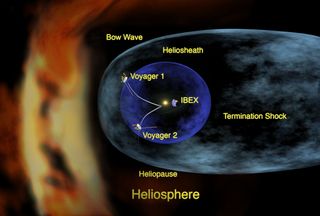
"Scientists have always presumed that the heliosphere had a tail," Eric Christian, IBEX mission scientist at Goddard Space Flight Center in Greenbelt, Md., said during a Google+ Hangout announcing the findings. "But this is actually the first real data that we have to give us the shape of the tail."
Get the Space.com Newsletter
Breaking space news, the latest updates on rocket launches, skywatching events and more!
Though IBEX data has given scientists an idea of the shape and structure of the heliotail, they say they have not been able to measure its length particularly well. They think it is probably evaporating over something like 1,000 times the distance between the Earth and the sun, McComas said.
The lobes of the clover shape do not line up with the solar system perfectly, the scientists found. A slightly rotated shape hints that the particles in the tail are tugged by the magnetic fields from the local galaxy as they move further away from the sun.
Continued observations, hopefully with IBEX, should be able to track how the tail shape shifts during the sun's 11-year activity cycle, which is reaching its maximum this year, McComas said.
"We should be able to see the effects of the changing solar wind," he added during today's briefing.
The $169 million IBEX spacecraft, launched in 2008, was built for an initial two-year mission, which has since been extended. Early on in its mission, IBEX detected ENAs flowing toward the sun in an unexpected pattern: They were significantly enhanced in a mysterious ribbon on the edge of the solar system that scientists now think is a reflection of the solar wind, shot back toward the sun by a strong galactic magnetic field.
IBEX has made several other important discoveries throughout its mission. In 2010, the spacecraft looked back toward Earth and got the first-ever glimpse of the solar wind crashing into the planet's magnetosphere. Last year, NASA announced that the spacecraft made its first detection of matter from outside the solar system, finding alien particles of hydrogen, oxygen and neon in the interstellar wind.
The new findings are detailed in the Astrophysical Journal.
Follow SPACE.com on Twitter @Spacedotcom. We're also on Facebookand Google+. Original article on SPACE.com.
Join our Space Forums to keep talking space on the latest missions, night sky and more! And if you have a news tip, correction or comment, let us know at: community@space.com.

Megan has been writing for Live Science and Space.com since 2012. Her interests range from archaeology to space exploration, and she has a bachelor's degree in English and art history from New York University. Megan spent two years as a reporter on the national desk at NewsCore. She has watched dinosaur auctions, witnessed rocket launches, licked ancient pottery sherds in Cyprus and flown in zero gravity on a Zero Gravity Corp. to follow students sparking weightless fires for science. Follow her on Twitter for her latest project.
